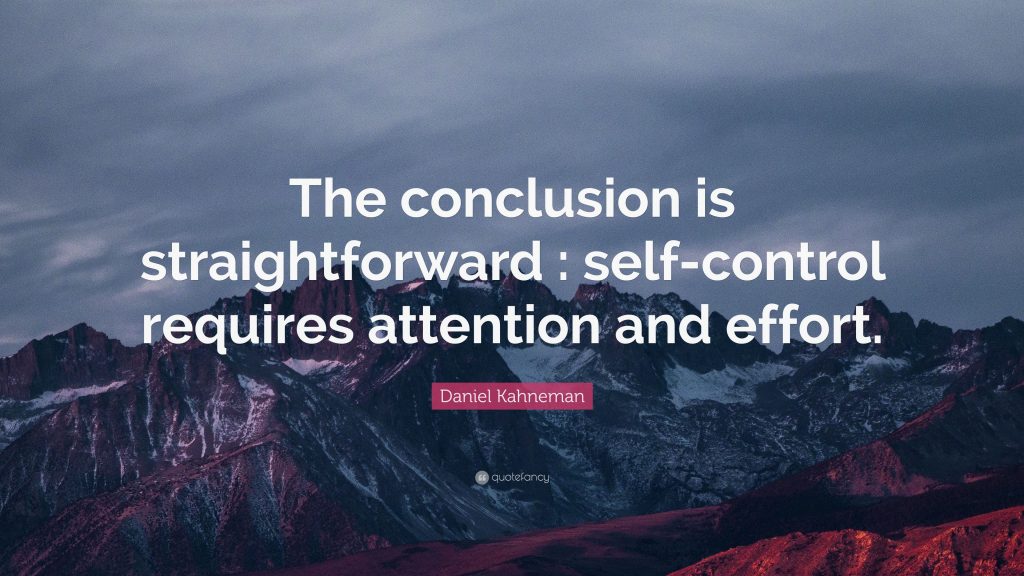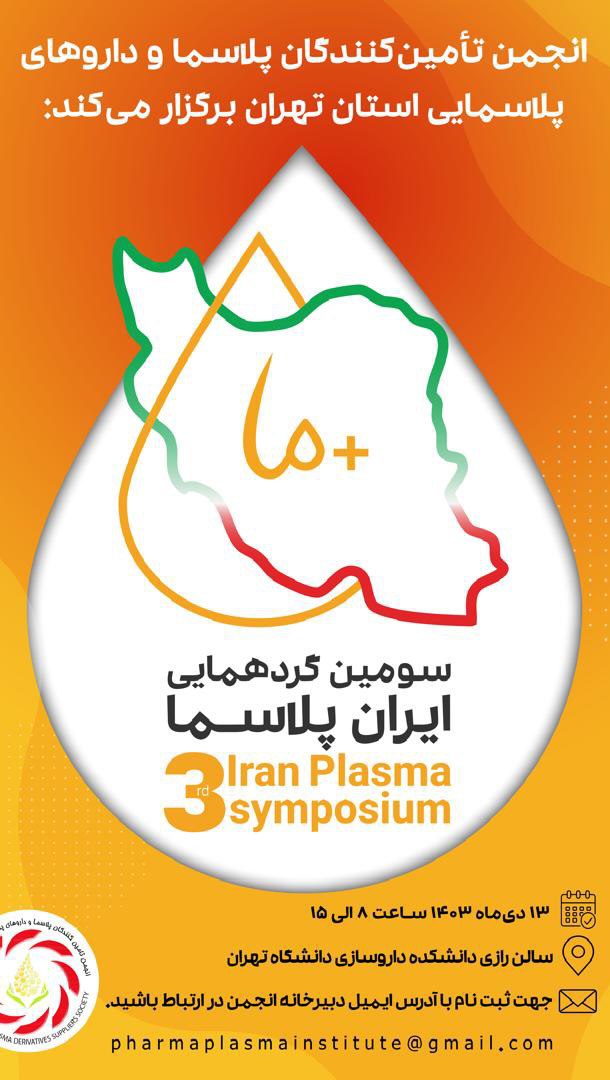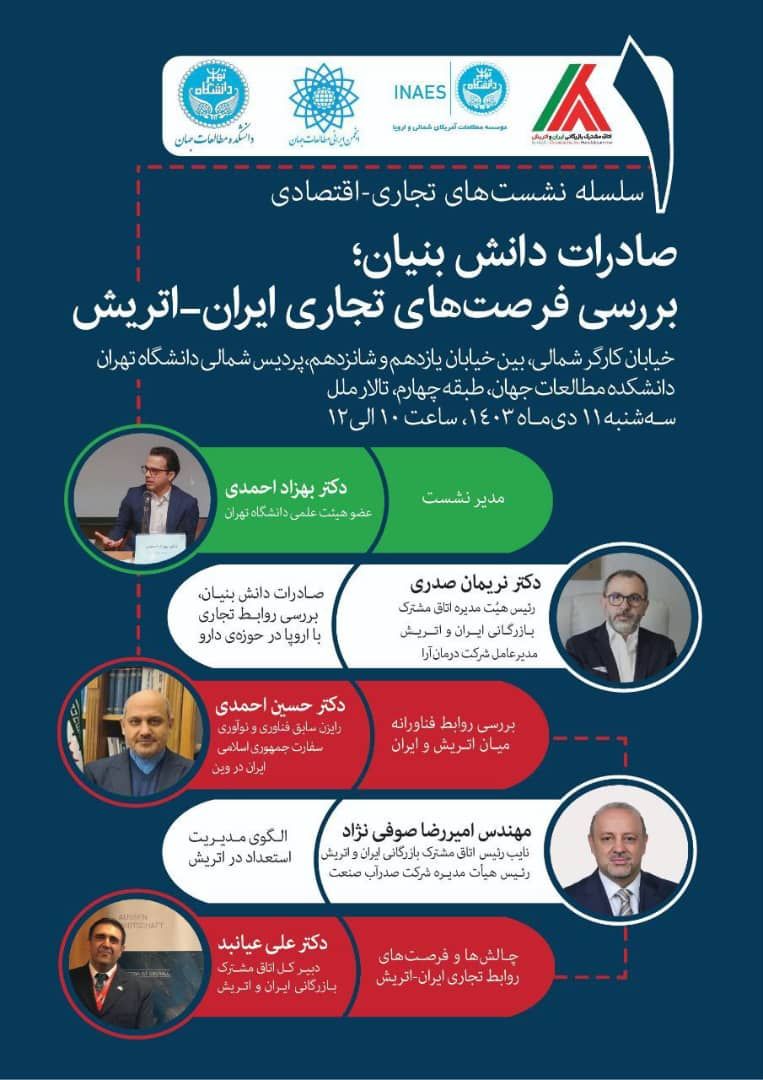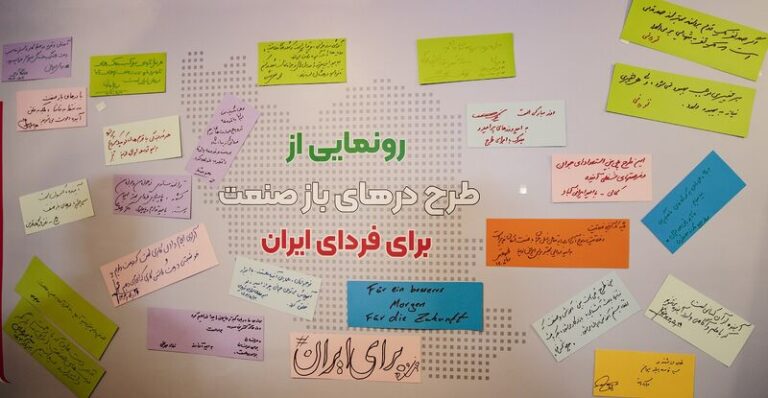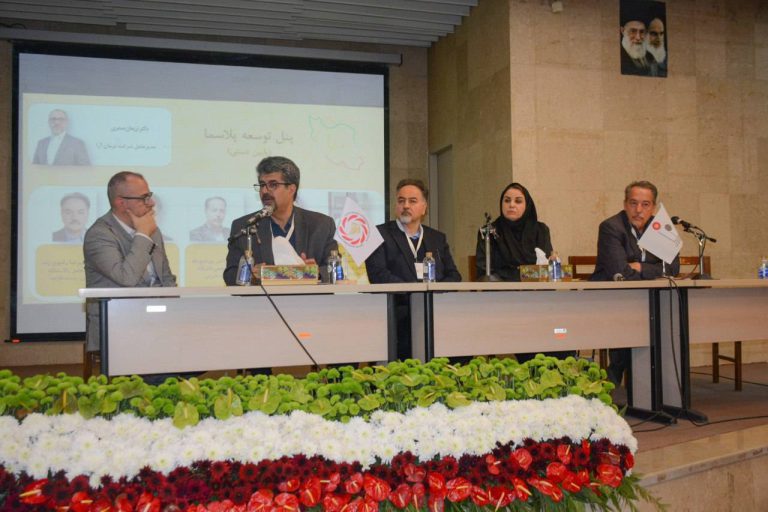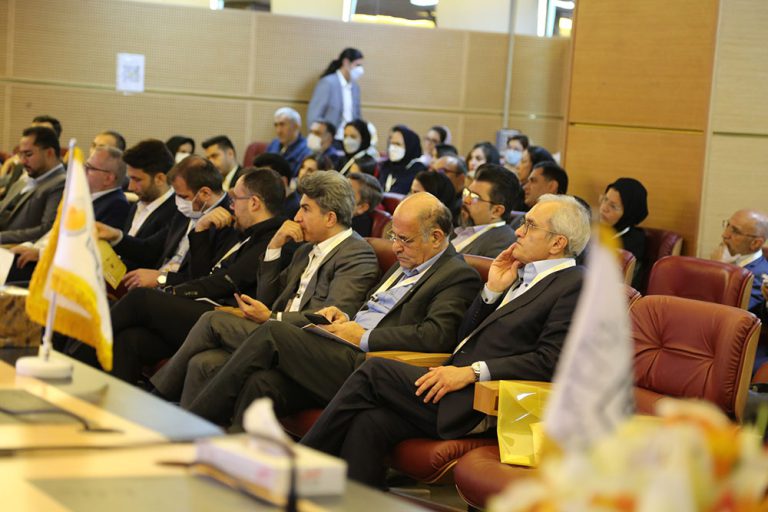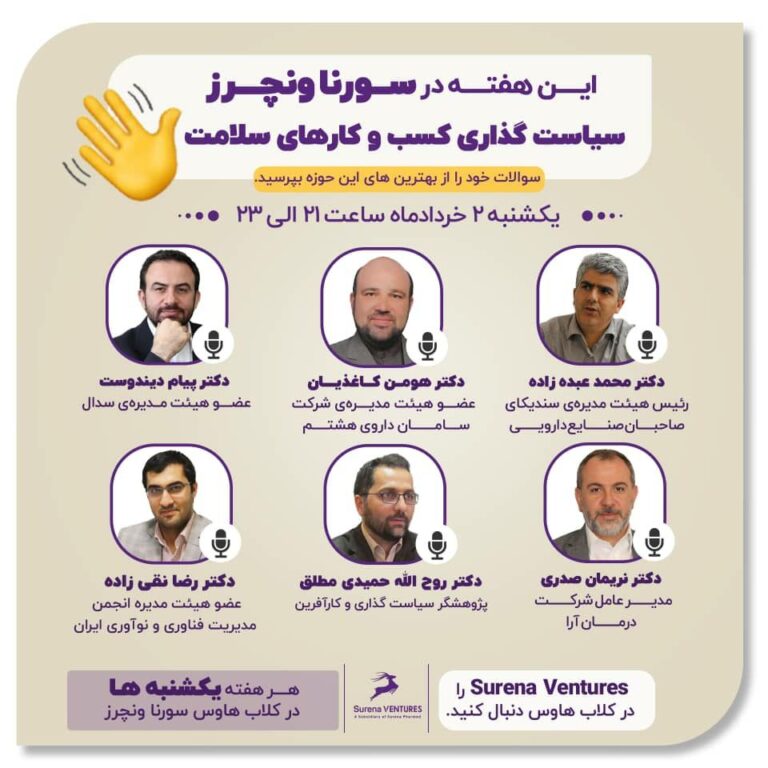In the previous writing, I explained that we have two different thinking systems: System 1, which is automatic and uncontrolled, and System 2, which requires effort and focus. For myself, I named the first “Nariman 1” and the second “Nariman 2.” In the past week, I’ve been observing my lived experiences through these two systems.
One of the notable experiences this week happened on Saturday. On my way to the office, I realized that my car’s fuel light was on, and I knew there was a mobile fuel station ahead. I slowly pulled over to the right side of the street, behind the pump, and asked to have my fuel tank filled. The street was quiet, and on the right side of the road, there was only the mobile pump and my car. While the tank was being filled, I started talking about work on the phone. After paying, I shifted the car into reverse to move backward and exit the parking spot when suddenly…
Bang!!
While I was filling the fuel, another car had pulled in behind me, waiting to fill up after me. Nariman 1 quickly assessed the surrounding space when I stopped, unconsciously leading me to believe that I was alone on the right side of the street. As Nariman 2 focused on the work call, I forgot to follow the basic safety rule in driving checking the rearview mirror before reversing. After apologizing and settling the damage, I was stunned for hours by the performance of Nariman 1 and 2 in that situation.
System 2’s characteristic is that it performs tasks that require effort but tends to exert less effort than necessary. As a result, it often opts for the thoughts and actions that System 1, guided by emotions and desires, has already predetermined. System 2 has a limited capacity, which varies from person to person. At the same time, since System 2 handles our most important cognitive functions, it acts selectively and carefully. Therefore, the activities it performs require a high level of attention. When we become proficient in a task, the energy required to perform it decreases, and over time, we rely more on System 1. This morning, while I was riding a motorcycle through the streets of Tehran to shop, Nariman 2 was deeply engaged in selecting stores where I should stop, while Nariman 1 was controlling the motorcycle. At the same time, I was listening to a passionate analysis of a music album. When I stopped in front of a store, I realized that I hadn’t understood anything from the analysis, and after the shopping, I listened to that episode again. Nariman 2 has limited capacity and could not manage both mental tasks simultaneously. Surely, during the week, when I’m in intense work meetings and answering a WhatsApp message from the CEO of one of my subsidiaries, either I’ve missed the meeting and delegated the decisions to Nariman 1, or Nariman 1 has replied to the WhatsApp message, and my colleague spends hours wondering what kind of response I gave them!
The exercises we will do this week will focus on attention and effort. We’ll carefully analyze the situation to identify when, due to lack of attention, System 2 fails to function, and at times when System 1 wants to make decisions for a complex mental task, we will pause and let System 2 take over:
“My colleague forgot about the meeting. The reason was not laziness, but when the meeting was scheduled, they were focused on something else.”
“In the time pressure of making a financial investment decision, what came to mind was the output of Nariman 1. I need to wait, restart, and create a suitable space for Nariman 2’s focus and effort before making the decision.”

